[content_slider]
[content_slide]
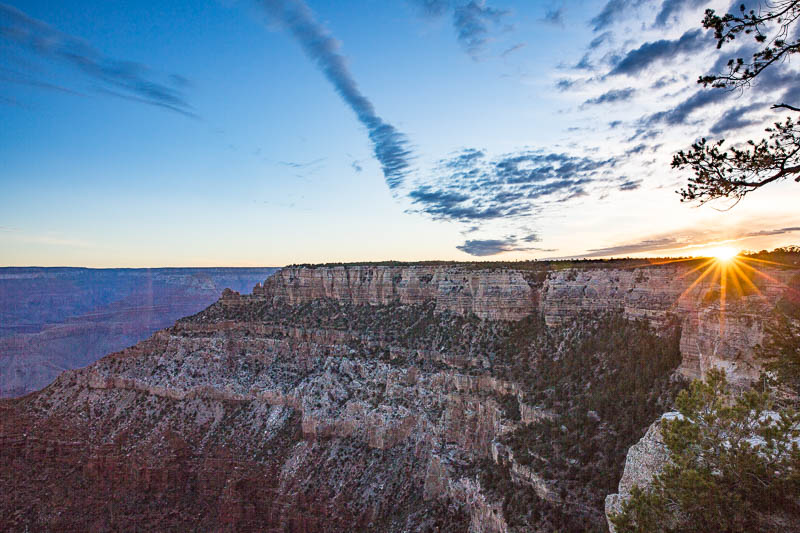
[/content_slide]
[content_slide]
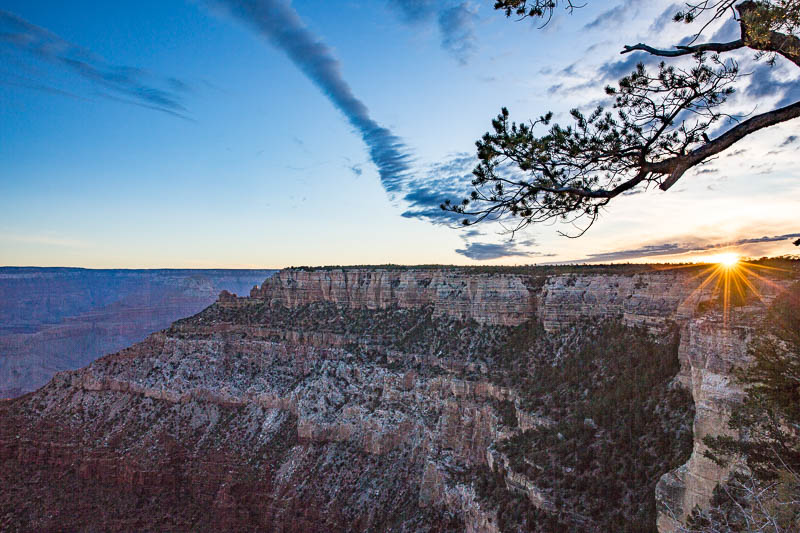
[/content_slide]
[content_slide]
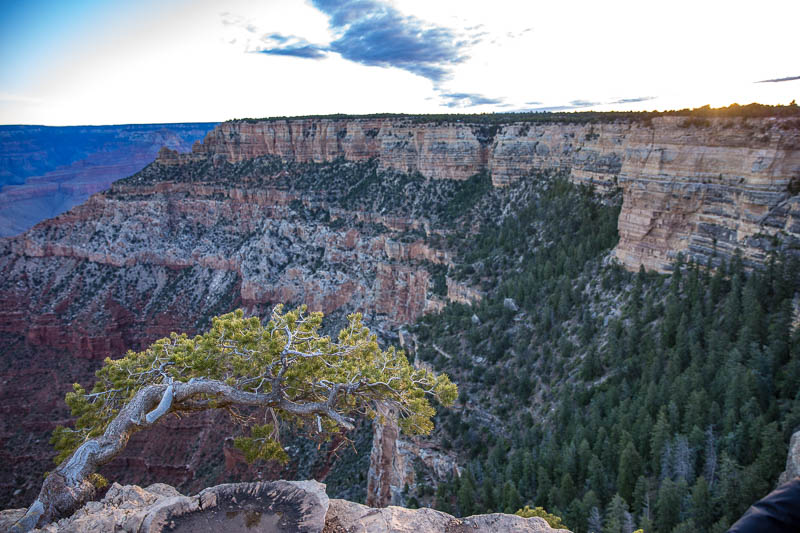
[/content_slide]
[content_slide]
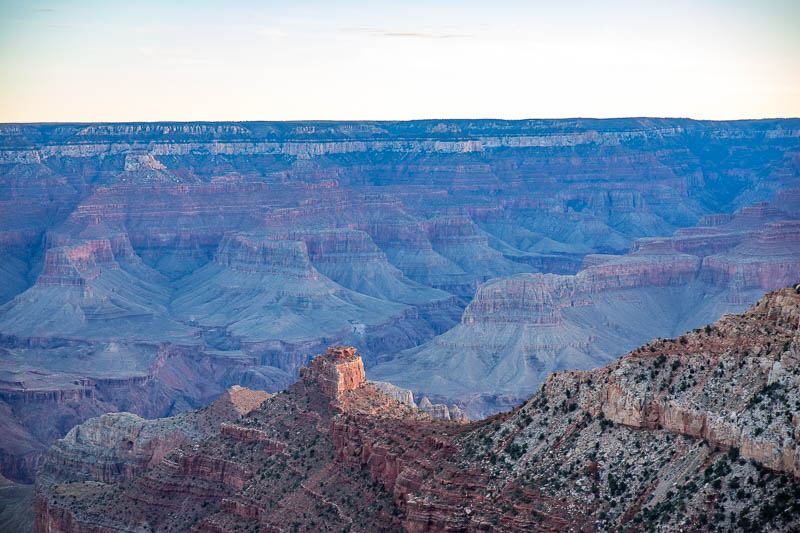
[/content_slide]
[content_slide]
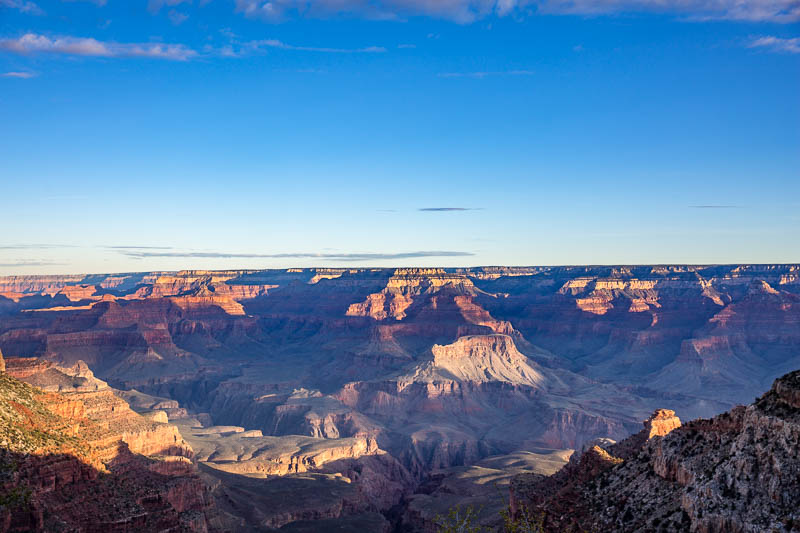
[/content_slide]
[content_slide]
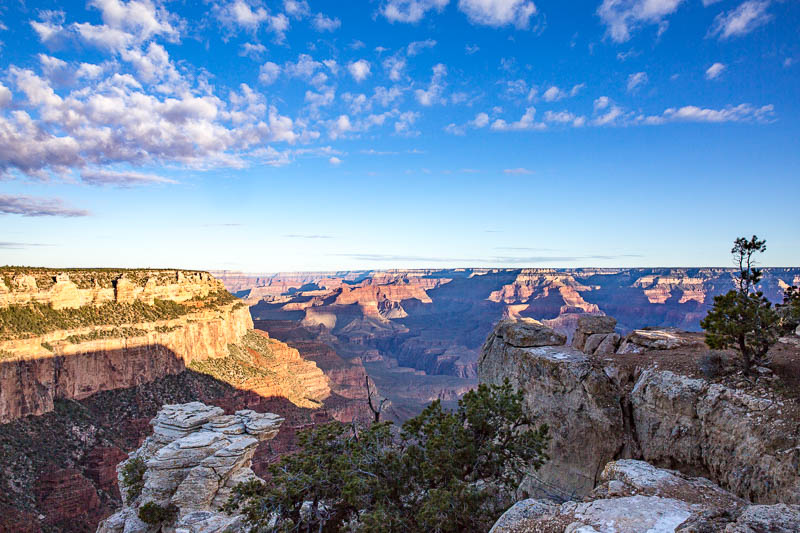
[/content_slide]
[/content_slider]
ARIZONA | The Grand Canyon is one of the seven natural wonders of the world, and one of the world’s most visited natural attractions. The Grand Canyon is 446 km (277 miles) long, up to 29 km (18 miles) wide in places, and gets as deep as 1,857 meters (6,093 feet). It’s a river valley that was, and continues to be formed, by movements of the Colorado Plateau over the past 70 million years. For the past 5-6 million years, the flow of the Colorado River and its tributaries has deepened and widened the canyon.
The entire site is considered sacred to native Americans. The Ancestral Puebloans (also known as Anasazi) were the first people to inhabit the area, and today several cultures call the area home – the Hualapai, Havasupai, Southern Paiutes, and Navajo people. There are several distinct ecosystems in the Grand Canyon, home to 2,000 types of flora and hundreds of distinct fauna.
When I visited I was based in Williams, one of the gateway cities to the Grand Canyon, about a one hour drive south of the Grand Canyon’s South Rim. Flagstaff, another gateway city, is nearby. It’s the most popular part of the Grand Canyon for visitors, with access available year-round (the North Rim is only open from around mid-May to mid-October). There are a lot of activities that people can partake in when visiting, including things like rafting, hiking, running, skydiving, and helicopter and airplane tours.
Sightseeing is by far the most popular activity at the Grand Canyon and one of the best times to see it is during sunrise. Over the course of about an hour, the pitch black darkness gives way to full blown sunshine and you get to see many faces of the beautiful canyon. And this early in the day, there aren’t that many people around, allowing you to experience the Grand Canyon at its most serene. As night falls away, the canyon has a purple hue, which gives way to pink and then orange. Depending on the weather conditions you could see rainbows, clouds, and an array of shapes an patterns across the rocks. Some of the best spots to see the sunrise across the Grand Canyon are Hopi Point, Yaki Point, Yavapai Point and Mather Point.
Do be aware that the Grand Canyon does have an entry fee of $30 per vehicle or $25 per motorcycle – a small price to pay for one of the most beautiful things you will see in your life.

